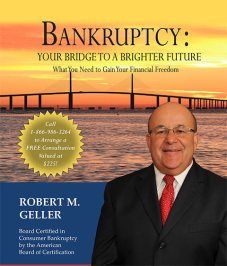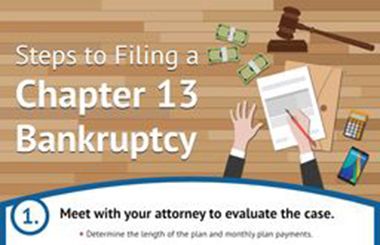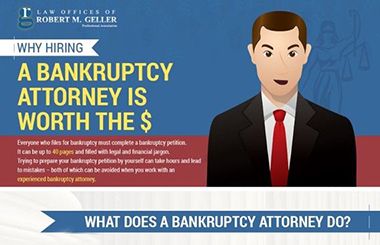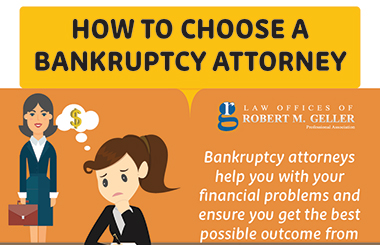
Are you considering filing for bankruptcy but don’t know where to start?
You’re not alone. Many people face financial difficulties at some point in their lives, and bankruptcy can be a way out of this situation. However, there are myths and misconceptions surrounding bankruptcy that can prevent people from taking advantage of its benefits.
Let’s debunk some of the most common bankruptcy myths and give you the facts you need to make an informed decision about your financial future.
Myth #1: Bankruptcy means losing everything
Many people believe that filing for bankruptcy means you’ll lose all your assets, including your house and car. However, this is not true.
In most cases, you’ll be able to keep your home and car as long as you continue to make payments on them. There are exemptions in bankruptcy law that protect certain assets, such as your home, car, and personal belongings.
Additionally, some debts, such as student loans and taxes, cannot be discharged in bankruptcy, so you’ll still be responsible for paying them back.
Myth #2: Only people who are irresponsible with money file for bankruptcy
This is another common myth about bankruptcy. However, the truth is that anyone can fall on hard times and face financial difficulties.
Job loss, medical expenses, divorce, and other unexpected life events can all lead to financial strain. Bankruptcy is a tool that can help people get a fresh start and move on from their debts.
Myth #3: Bankruptcy will ruin your credit forever
While it’s true that bankruptcy will stay on your credit report for up to 10 years, it doesn’t mean that you’ll never be able to get credit again. In fact, many people find that their credit score improves after bankruptcy because they’re no longer burdened by unmanageable debts.
Additionally, there are steps you can take to rebuild your credit after bankruptcy, such as getting a secured credit card or a credit-builder loan.
Myth #4: You can choose which debts to include in bankruptcy
Some people believe that they can pick and choose which debts to include in their bankruptcy filing. This is not true.
When you file for bankruptcy, you must list all your debts, assets, and income. Some debts, such as child support and alimony, cannot be discharged in bankruptcy. Other debts, such as credit card balances and medical bills, can be discharged but must be included in your bankruptcy filing.
Myth #5: You should avoid bankruptcy at all costs
Finally, some people believe that bankruptcy is the worst thing you can do for your financial future. This is often not the case. If you’re drowning in debt and can’t see a way out, bankruptcy can be a way to start fresh and move forward. It’s important to talk to a bankruptcy attorney to see if it’s the right choice for you.
Dealing with debt can be overwhelming, but bankruptcy can be a helpful tool to get your finances back on track. Don’t let myths and misconceptions prevent you from considering the benefits of bankruptcy. By understanding the facts, you can make an informed decision about your financial future and take the steps you need to get back on track. Remember, you’re not alone, and there are resources available to help you along the way.
For more information or to schedule a consultation to discuss whether bankruptcy is right for you, contact the Law Offices of Robert M. Geller at 813-254-5696.



























![Signs That You May Need to File Bankruptcy [Infographic]](https://djml3wkzi26ea.cloudfront.net/wp-content/uploads/2021/01/signs-chap7-v-chap13.jpg)
![How To File for Bankruptcy [Infographic]](https://djml3wkzi26ea.cloudfront.net/wp-content/uploads/2020/07/bankruptcy-steps-infographic-web.jpg)










